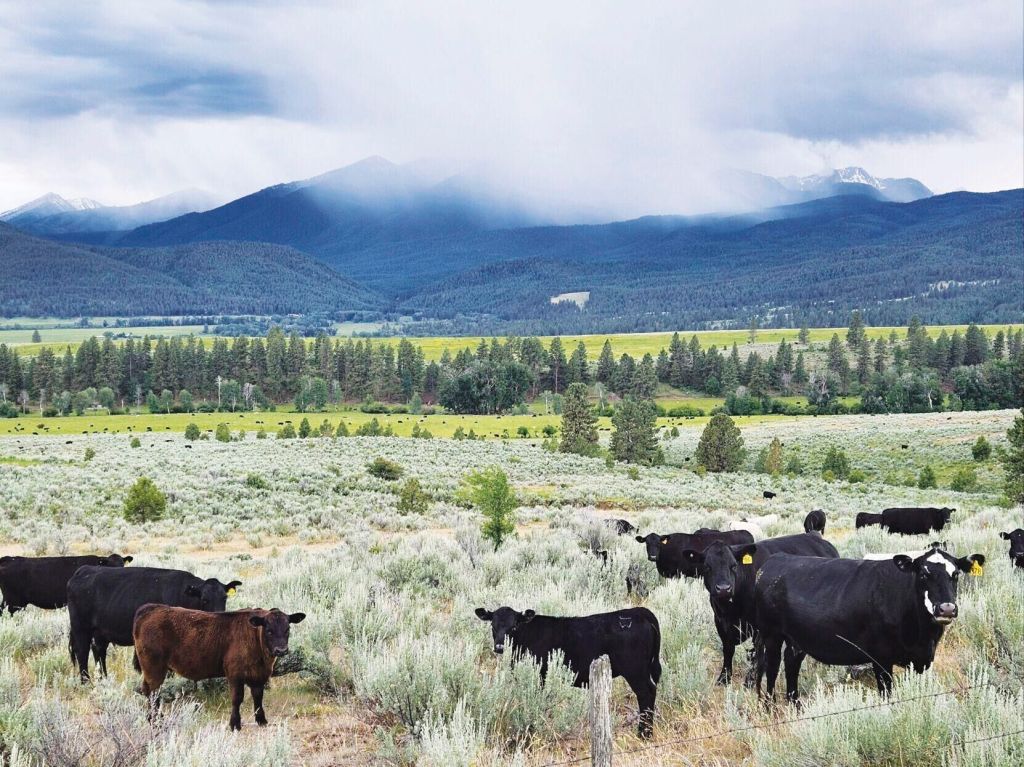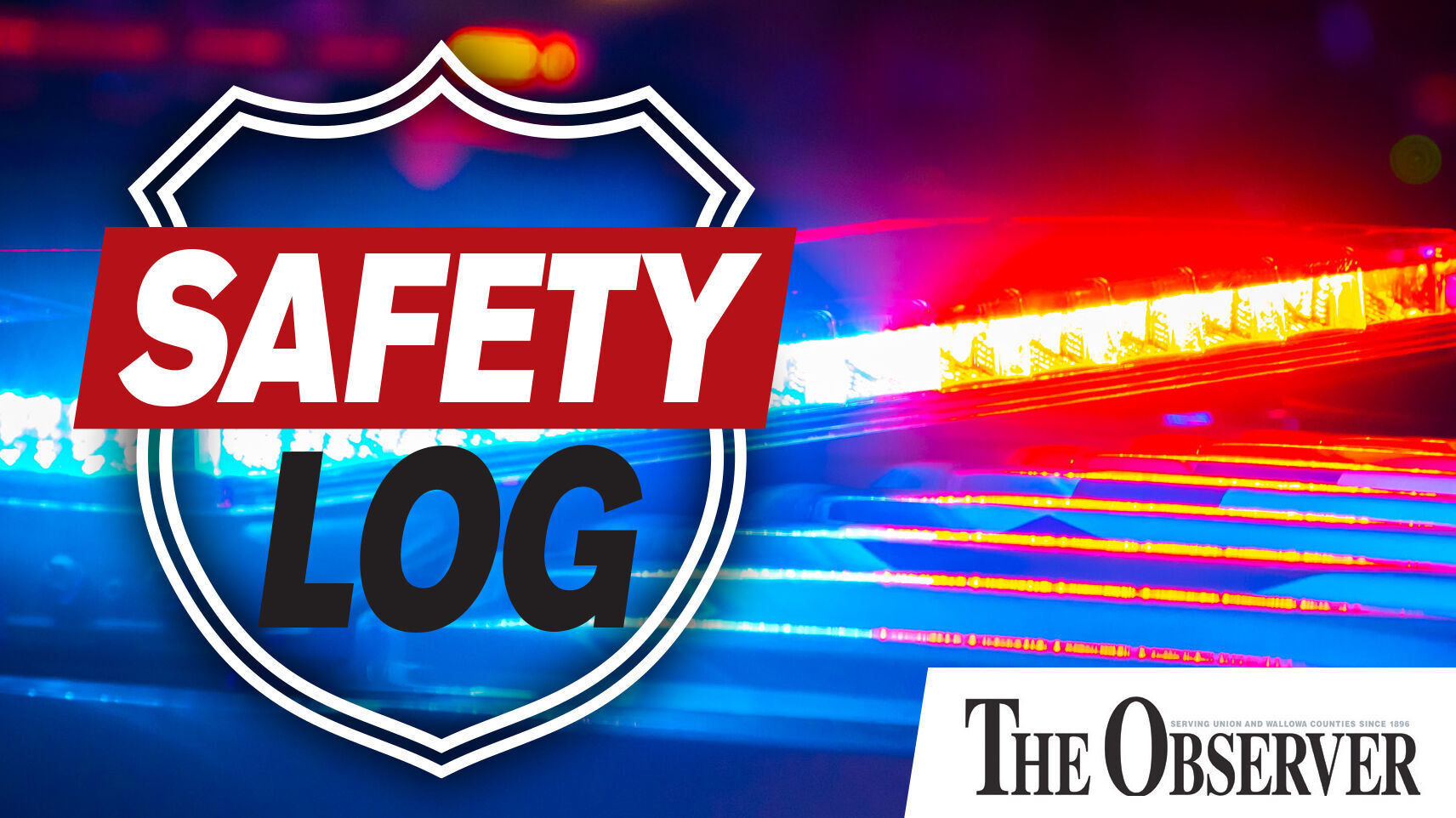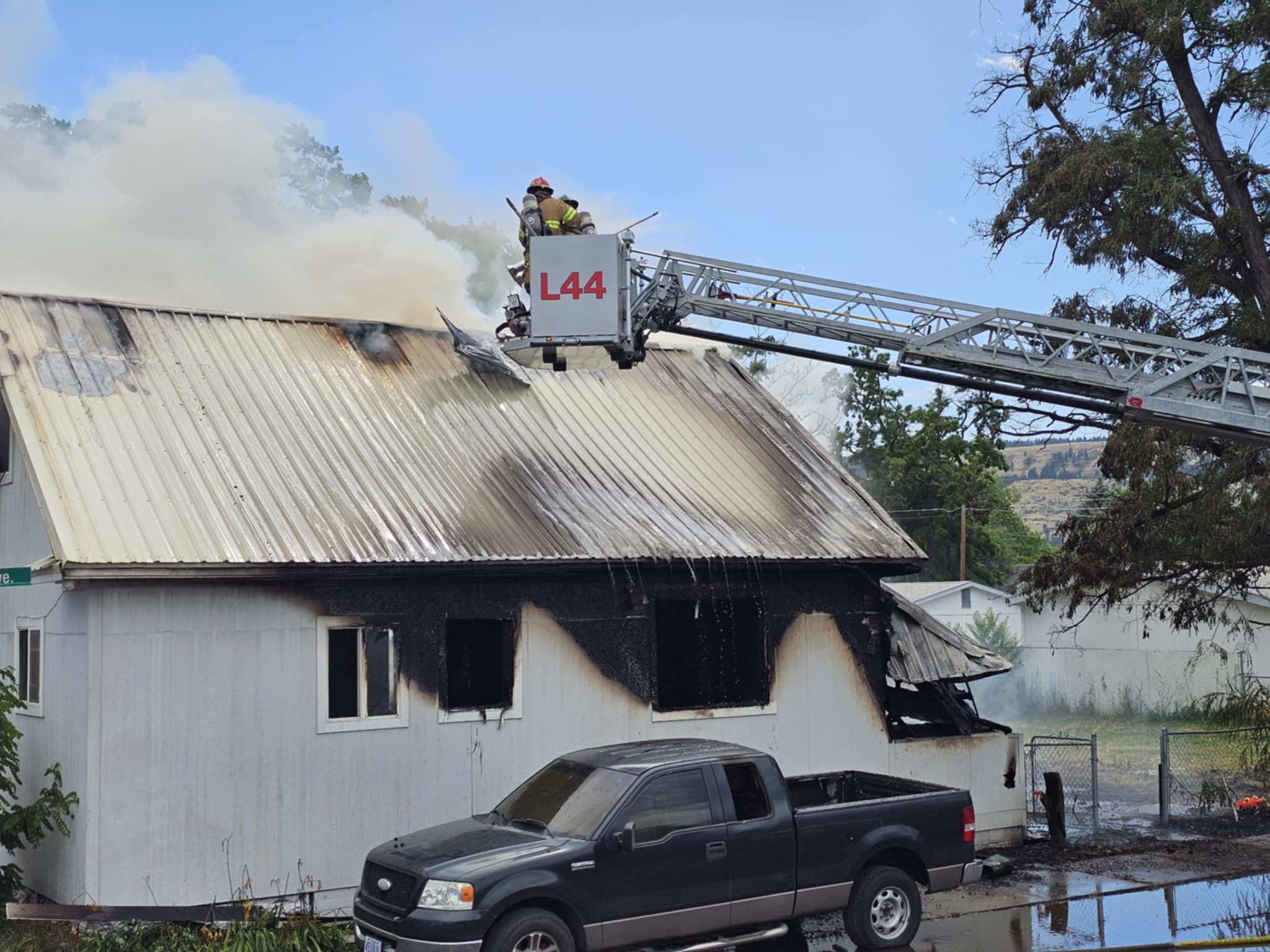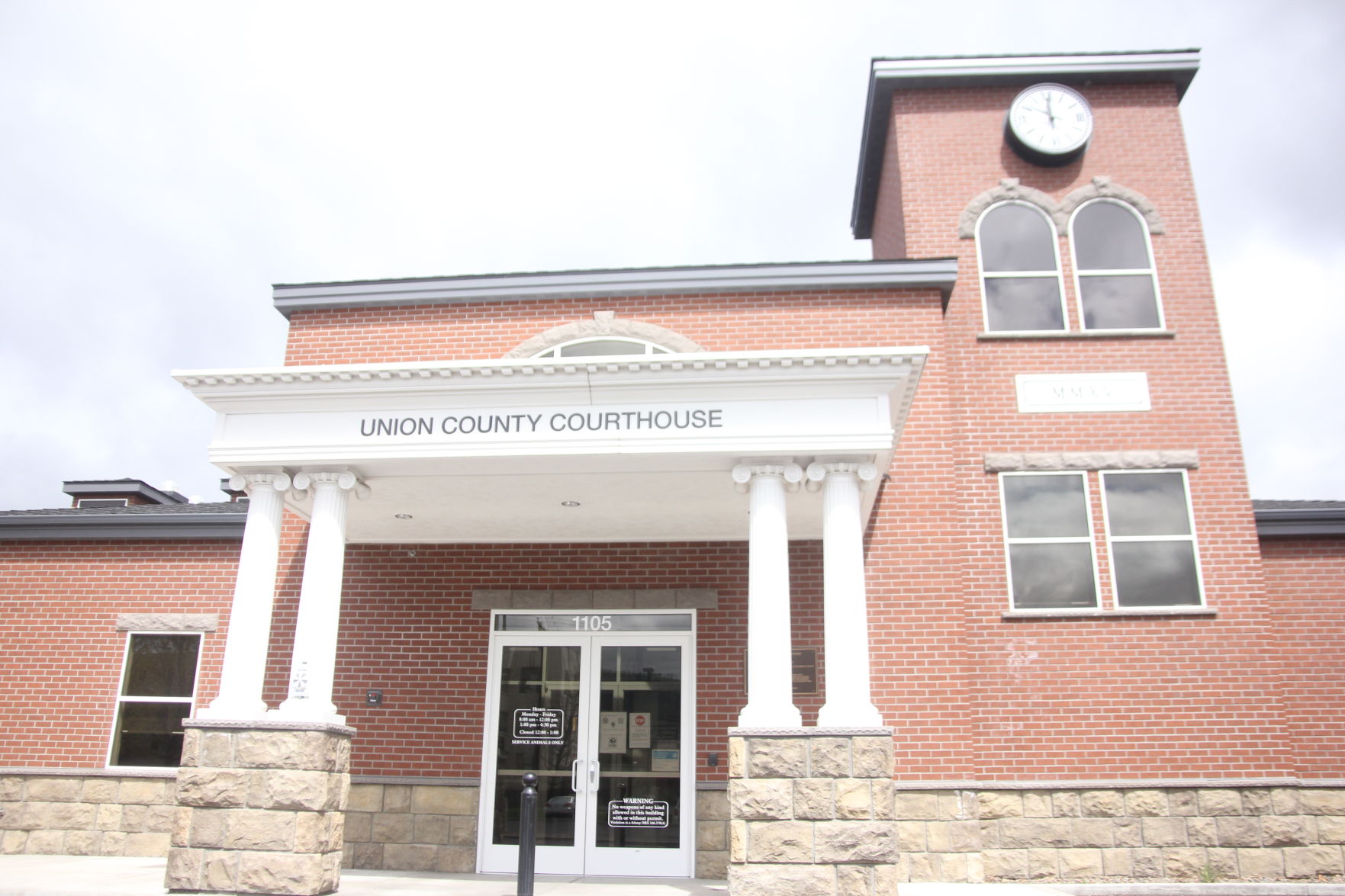Cows on the freeway? Parts of I-84, I-5 are ‘open range’ for cattle in rural Oregon, court says
Published 3:00 pm Saturday, June 15, 2024

- Cattle graze in southern Union County as a rain squall covers part of the Elkhorn Mountains west of North Powder in 2023.
PORTLAND — It was 11:30 at night and Roxann Stout and her adult daughter Jesica Galligher drove along Interstate 84 toward Stout’s home in Eastern Oregon in 2019.
Suddenly they saw a dead black cow lying in the middle of the road and had no time to react.
“My mom said ‘What is that?’” Galligher recalls. “I said ‘It’s a cow! It’s a cow! At that point, we were flying through the air.”
The pair ran over the beast at nearly 70 mph and launched into the air “for what felt like forever,” Stout says, before slamming back onto the pavement. Stout, 60, and Galligher, 38, say they suffered wrenching hip, back and neck injuries that have required multiple surgeries and dramatically altered the daily activities of their lives, even now, nearly five years later.
The mother and daughter filed a $95,000 lawsuit against the cow’s owners, Meadow Acres Angus Ranch, alleging the ranchers were negligent for allowing a total of at least three bovines that night to break through a fence and wander onto the freeway, where they were struck by Stout and other drivers.
But a Umatilla County Circuit Court judge in 2022 ruled that the ranch couldn’t be held liable. Last week, the Oregon Court of Appeals agreed.
The reason? A little known fact, especially among city slickers: Vast expanses of rural Oregon — including portions of major freeways — are “open range,” allowing the state’s cattle, horses, sheep and other livestock to roam freely across roadways large and small. Among those thoroughfares: the four-lane stretch of I-84 just south of Hermiston where Stout and Galligher struck the cow, portions of Interstate 5 running through Southern Oregon, significant sections of U.S. 97 stretching across Central Oregon and many other well-traversed highways.
An estimated 1.25 million cattle dot the state.
And as the lawyer defending Meadow Acres ranch summed it up: “Oregon cows have the right of way.”
It is the drivers who need to be on the lookout.
A patchwork of zones
The state Department of Agriculture doesn’t compile a map of the complicated patchwork of open and closed range zones across the state.
Ten of the state’s 36 counties have designated themselves closed range, meaning livestock owners must keep their animals confined and if they do make their way onto roads, those owners are financially liable for any tragedy that might ensue. In a lawsuit filed by the estate of a 59-year-old trucker who died in 2018 after a black bull moseyed onto Oregon 38 in Douglas County — apparently in a closed range zone — the insurance company for the bull’s owners agreed to pay $500,000.
Multnomah, Clackamas and Washington counties are among local governments that don’t allow farm animals to roam free. Under state law, all cities across the state are closed range, too.
But in more than two dozen of the state’s other counties, livestock can legally move about on their own volition in all or parts of those lands.
Wade Bettis said last week’s loss before the Court of Appeals is one of the more baffling in his 51-year legal career. Bettis represents Stout and Galligher.
“There were black cows, at midnight, with no moon, on the freeway,” Bettis told The Oregonian/OregonLive. “According to this opinion, the cows had a right to be there.”
In other words, Bettis said, the ruling sends the message: ‘Tough luck, bucko. You just bit the big one.’”
Stout and Galligher, too, said they are stunned by the crash and the legal aftermath.
“The cows have more rights than people,” Stout said.
According to the Appeals Court opinion, in 1963 the Oregon Legislature forbade ranchers from “intentionally” moving their animals onto interstates by “herding, driving, and pasturing” them there. It did not outlaw animals that stray onto them on their own, in the open range.
Brent H. Smith, who represented the ranchers sued by Stout and Galligher, said Oregon’s open range laws were codified, revised and affirmed by case law over the decades as the government plowed agricultural lands to introduce high-speed, multi-laned travel to once sleepy regions of the state.
“There was very little cattle fencing at the time,” Smith said. “It was obvious if the interstate highway system was closed range, that would mean all of the cattle owners throughout almost the entire state would be potentially responsible for livestock getting on the freeway. And thousands of miles of fence would have to be built.”
Smith describes the open range law as a compromise between the interests of state transportation officials and livestock owners.
There is no requirement that state transportation officials post warning signs that livestock may be in the road. Livestock owners also have no obligation to erect fences, though many do to protect the public from injury and themselves from the financial hit. Each fatally stricken animal can amount to a few thousand dollars in losses, and although the owner could sue drivers to collect damages, they rarely do.
In 2012, five semitruck drivers who slammed into 44 cows north of Madras on U.S. 97 couldn’t hold the cattle’s owners liable because the land was designated as open range. Nor did the owners try to seek damages from the truckers through a lawsuit.
In the case of Meadow Acres Angus Ranch, I-84 bifurcated its land as the freeway paved through the Columbia River Gorge and Eastern Oregon in the 1960s and ‘70s.
According to a written declaration in response to the lawsuit, co-owner Devin Correa said his great grandparents bought the land that is now the ranch in 1911. The land was passed down through the generations, split by the four-lane freeway and he and his wife raise registered breeding stock on the property today.
‘No one wants to see anyone hurt’
On the night Stout and Galligher ran over the cow, it and at least two other cows had escaped through a breach in the fence that appeared for reasons that are unclear.
Matt McElligott, president of the Oregon Cattlemen’s Association and a rancher in Baker County, said fences break for all sorts of reasons: hunters wanting to get through cut them, elk chased by wolves plow them down, cars crash into them, wildfires burn them and the weight of heavy snow leads to their collapse.
Building fences in the first place is incredibly expensive, McElligott said, at about $13,000 per mile.
“No one intends for their cattle to get out on the road, but it does happen and it’s unfortunate for darn sure,” McElligott said. “So drivers need to be aware. No one wants to see anyone hurt.”
Galligher and Stout both said ongoing, debilitating pain from the crash has forced them to give up full-time work. Galligher, a Salem resident, can work only part time. Stout, a Pilot Rock resident, is no longer working and receives federal disability payments. Stout’s 2002 Suburban also was totaled in the crash.
The pair now owe Meadow Acres Angus Ranch more than $8,000 in legal costs and attorney’s fees for opposing counsel, after Umatilla County Circuit Judge Eva Temple ruled the mother-daughter’s case against the ranch wasn’t founded in law.
Though Temple and now the Court of Appeals said the lawsuit against Meadow Acres has no legal grounding to go forward, Stout and Galligher can still pursue their claim against another defendant — a driver who struck the cow before they did. Their lawsuit contends the driver created the dangerous circumstances — the cow lying in the road — that the mother-daughter encountered. That driver, however, is likely to argue he was as much a victim as Stout and Galligher were.
Stout and Galligher said they’re hoping for a change in Oregon law so people who are hurt by livestock on the freeway can hold the owners liable.
“Never in a million years did we think we had to worry about a cow on an interstate, let alone an interstate where the speed is posted at 70 mph,” Galligher said. “We just feel like our whole lives have been ruined by this situation, and no one has to pay for it but us.”








